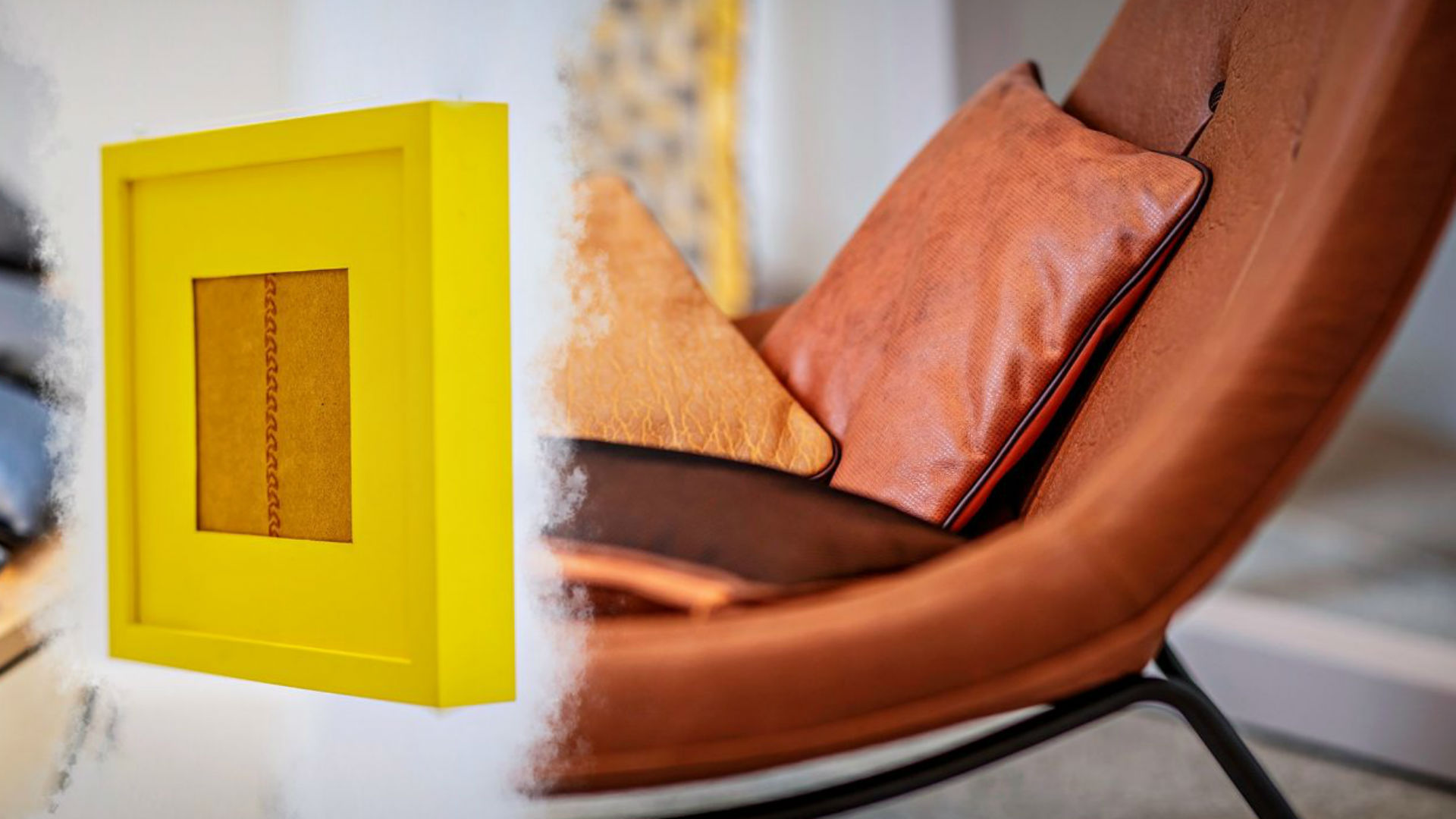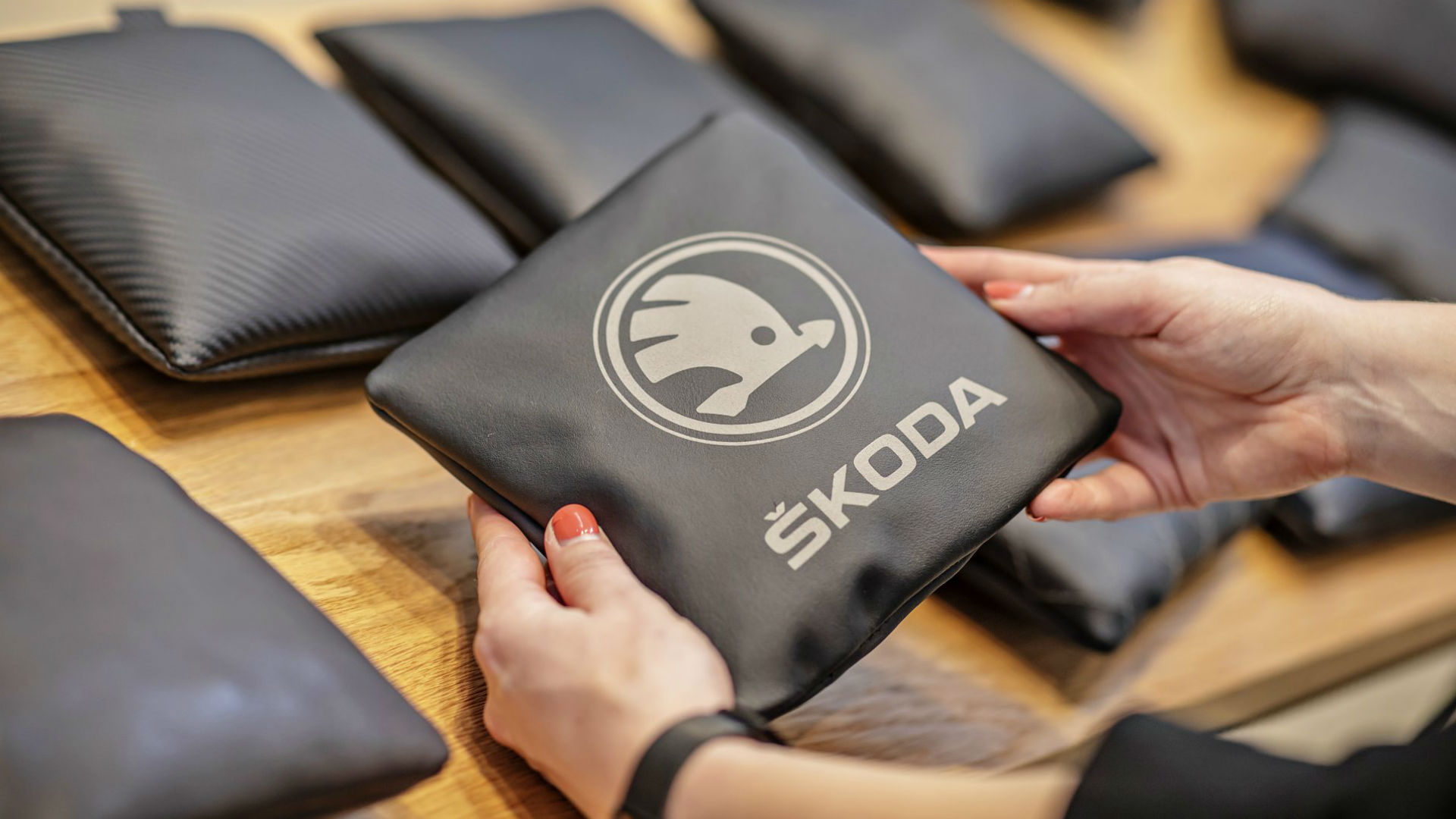
Car interiors of the future will incorporate more natural materials than today. That’s according to two members of the colour and trim team at Skoda.
Wool and linen fabrics will appear in seats, and the use of wood will gain ground.
This comes amid a shift towards vegan-friendly interiors and recycled materials. Leather upholstery and swathes of plastic could be a thing of the past. Indeed, faux leather is almost indistinguishable from genuine leather.
Skoda cars will soon feature seat covers that use materials produced from recycled plastic bottles. Meanwhile, recycled fleece – commonly associated with warm clothing – is a suitable replacement for the foam used inside seats.
The industry is already using Pinatex, a textile made from pineapple leaf fibres, along with interior colours based on fabrics from soya or maize.
“In the future, the car will be more like a living room,” said Stefan Webelhorst, colour and trim team specialist at Skoda Design. As a result, designers are taking inspiration from real living rooms and from housing fairs and exhibitions.
“We need to spot trends and communicate them to our colleagues in other departments,” added Katerina Vranova, Skoda colour and trim coordinator.
Lighting will also play an important role in interiors of the future. Many manufacturers offer ambient lighting packs as standard on higher trim levels, but Webelhorst believes natural light will become increasingly important.
Designers will focus on the actual surface of materials and how light enters the cabin.
Personalisation and customisation

Webelhorst says car buyers will be offered more opportunities for customisation. Instead of being limited to pre-determined trim levels and packs, customers will be offered greater flexibility for personalisation.
“When a new car is being designed, once the exterior and interior shapes have been established it is our department’s turn to contribute. We decide which materials, structures and colours will best complement the overall nature of the new car.
”We communicate with interior designers to ensure consistency between the shapes and materials,” concluded Katerina Vranova.